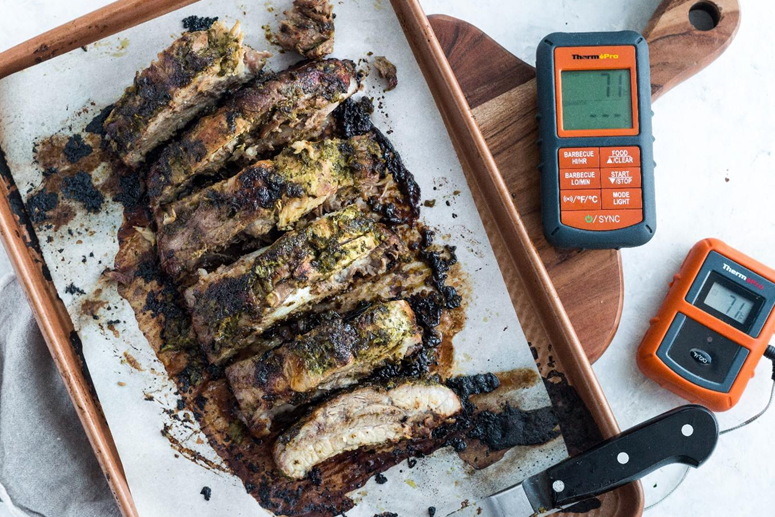
Cook and Store Your Food at the Correct Temperatures
A Quick Recap on Safe Food Temperatures
As a home cook, you may cook and store food without paying attention to the exact temperatures it reaches. Although some food may appear fully cooked, or your freezer might seem like it is cool enough, you can’t quite be certain unless you check the temperature.
Food that is undercooked or stored at the wrong temperatures can lead to the spread of food-borne illnesses.
A kitchen thermometer is a very useful piece of equipment that is relatively inexpensive and more than worth the money. By using a thermometer, you can ensure that your food is cooked to perfection every single time. Additionally, you should also check your fridge and freezer settings every so often to ensure that they are running at the right temperature settings.
Here is a quick recap of some important temperature measurements to keep in mind when you’re in the kitchen:
- Your fridge temperature should range between 0˚C to 8 ˚C, with 5˚C being the ideal temperature
- Your freezer should be at a minimum of -18˚C. Temperatures lower than that are also acceptable
- High-risk foods should be cooked to at least 75˚C. Different kinds of meat require different cooking temperatures
- Food that is being re-heated should be heated to 75˚C.
- Food that has been cooked should be allowed to come down to room temperature before it is put into the fridge or freezer. Cooked food should not be left out for more than 2 hours.
A food safety course can be very helpful if you would like to learn more about food safety, what temperatures different foods need to be cooked at, and how to prevent food-borne or kitchen-related illnesses. The Australian Institute of Accreditation offers an excellent Online Food Safety Supervisor course in Sydney for you to consider.




